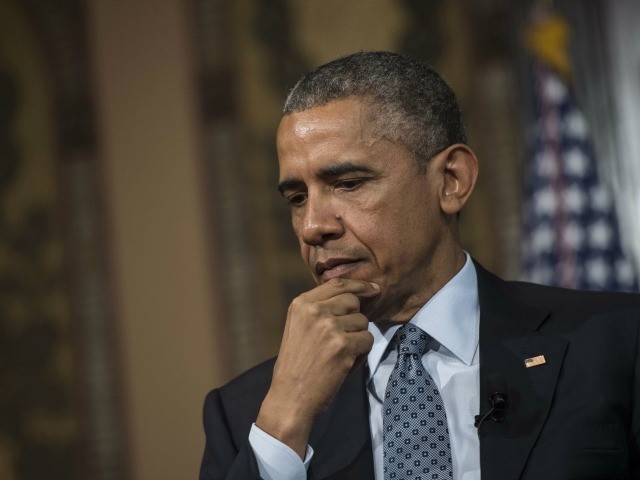Deaths by suicide have risen dramatically over the past 15 years in the United States, with a sharp uptick during the last ten years, and people are now more than twice as likely to die from suicide than from homicide, according to recent studies.
While the violent crime rate in the United States has fallen steadily for decades, and modern medicine has reduced the fatality rates of disease and accidents, suicide is experiencing a sharp increase. Suicide is now one of the 10 leading causes of death in the United States with more than 40,000 people a year taking their own lives.
Earlier this year the National Center for Health Statistics published a major study on national trends in suicide. The Center found that in the fifteen-year period from 1999 to 2014, the age-adjusted suicide rate in the United States increased by a stunning 24 percent, with the pace of increase accelerating significantly after 2006.
This rapid rate of increase followed on a period of nearly consistent decline in suicide rates in the United States for the prior fifteen years, from 1986 through 1999, the study notes.
According to an essay by Frederik Deboer in Foreign Policy, this disturbing trend has received remarkably little attention. So whereas there are daily news stories concerning climate change, he notes—which has yet to claim a single victim—suicide kills tens of thousands a year and yet gets virtually no attention in the news.
White Americans are much more likely to commit suicide than black, Hispanic, and Asian Americans, Deboer observes, a trend that seems correlated to “the declining fortunes of the white working class.”
This group has suffered economically because of the rise of offshoring and the demise of stable careers for those lacking a college education, he says, resulting in a dramatic rise in problems like unemployment and addiction among the white working class.
Suicide has reached such epic proportions in the United States that sociologist Matt Wray of Temple University has coined the term “suicide belt” to describe the north-south swath of American states — Arizona, Colorado, Idaho, Montana, Nevada, New Mexico, Oregon, Utah, and Wyoming — that have particularly high suicide rates.
While some of the causes of increased suicide are endemic to the nation’s economic woes, others can be tied to societal trends, such as the recent craze surrounding transgenderism. Rather than deal with the underlying psychological problems associated with gender dysphoria, the tendency has been to cater to the perceived desires of gender confused individuals, with disastrous results.
Strikingly, suicide rates are twenty times higher among adults who use cross-sex hormones and undergo sex reassignment surgery than for the rest of the population, which causes wonder that such radical and ineffective remedies would be pushed with such abandon.
Moreover, the correlation between suicide rates and gender reassignment has little to do with society’s views of transgender individuals, and has shown to hold even in Sweden, which is among the most LGBTQ-affirming countries in the world.
Follow Thomas D. Williams on Twitter Follow @tdwilliamsrome//
